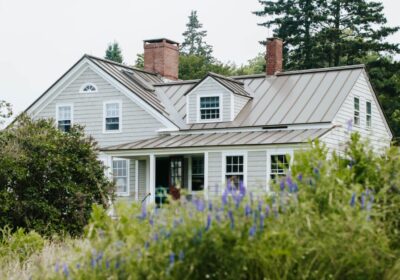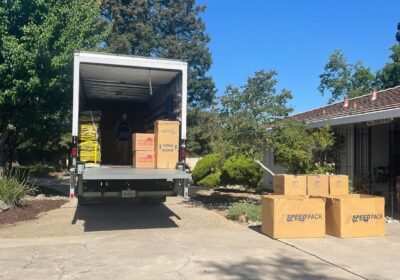 1. Turn on that ceiling fan.
1. Turn on that ceiling fan.
When it’s incredibly cold outside, the ceiling fan is probably the last thing you want to turn on. Surprisingly, though, it can warm things up if you use it correctly.
Take a look at your ceiling fan. It should have a small switch on its base. This lets you change how the fan blades rotate.
For the winter months, turn that little switch so the blades rotate in a clockwise direction. By doing so, you let the blades suck up warm air from the floor towards the ceiling. This helps any warm air spread throughout the room.
Once it heats up outside, remember to turn the switch back, so the blades flow in a counterclockwise direction.
2. Cover your floor.
Have you ever stepped on a bare floor in the winter? It can be quite a cold shock, which is why using rugs is a great way to warm up.
3. Wear extra layers of clothes.
This is perhaps the easiest way to stay warm in your home if you don’t want to incur any extra heating costs.
If you live in a cold climate, you probably have sweaters, long-sleeved shirts, and the like in your closet. When things get incredibly chilly, layer up.
While this tip may seem odd as you imagine yourself sitting in bed with multiple layers on, it makes perfect sense if you live with others.
Everyone has their comfort zone when it comes to cold temperatures, so each person can layer up how they please. If it gets too hot, take off a layer. If it gets frigid, put more layers on.
At the end of the day, your utility costs won’t go up a cent using this method.
4. Get help from of a humidifier.
Like turning on a ceiling fan, this tip may seem odd when it’s cold. Adding humidity to your home, however, can make it feel warmer.
A humidifier adds moisture to the air. The moisture helps you replicate humid days that seem a lot hotter than dry ones.
If you don’t have a humidifier, fill up a large pot with water. Boil it on your stove, then turn it off. As the water vapor moisturizes the air inside your home, you should feel more comfortable.
Last, but not least, you can place a bowl of water near your radiator or one of the vents. As the warm air blows over the water, evaporation will occur, adding moisture to the air..



